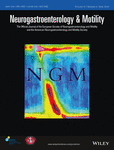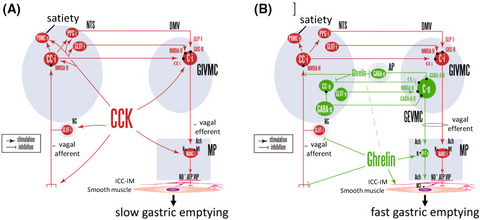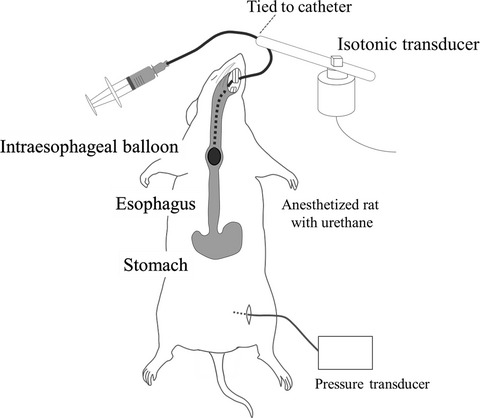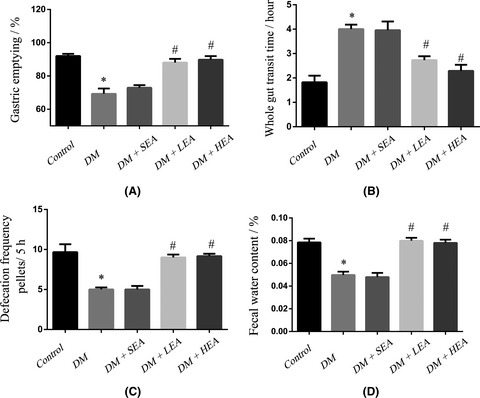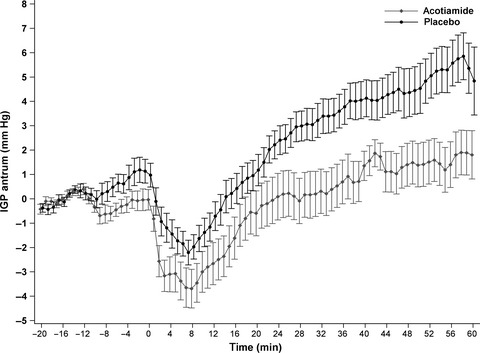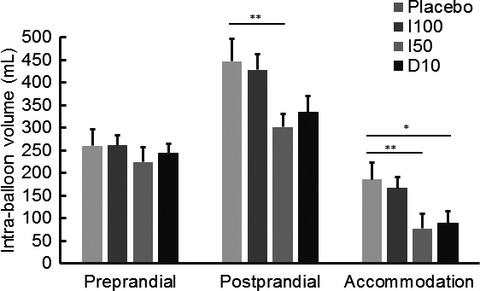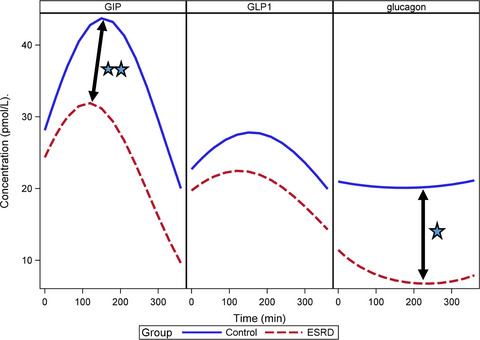Journal list menu
Export Citations
Download PDFs
ISSUE INFORMATION
MINI-REVIEW
Measurement of novel intestinal secretory and barrier pathways and effects of proteases
- First Published: 07 March 2019
REVIEW ARTICLES
Enkephalinase inhibitors, potential therapeutics for the future treatment of diarrhea predominant functional gastrointestinal disorders
- First Published: 14 December 2018
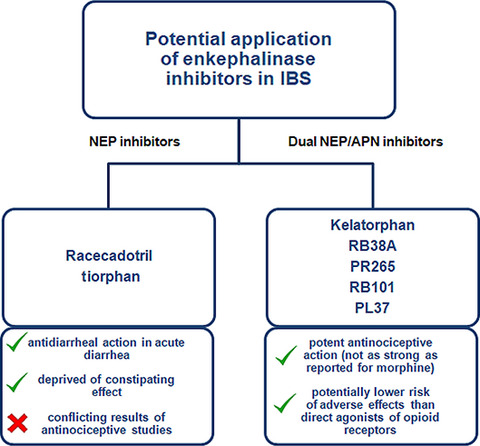
Enkephalins, which are δ-opioid receptors agonists, induce significant effects in the GI tract and enkephalins are crucial for GI peristalsis, as they act as potent pro-absorptive neurotransmitters. The action of enkephalins and other endogenous peptides is limited, since these peptides are easily and rapidly inactivated by enkephalinases. In this review we discussed the antidiarrheal and antinociceptive potential of enkephalinase inhibitors. Furthermore, we tried to answer the question whether enkephalinase inhibitors may be helpful in the future treatment of diarrhea predominant functional GI disorders.
ORIGINAL ARTICLES
Enteric RET inhibition attenuates gastrointestinal secretion and motility via cholinergic signaling in rat colonic mucosal preparations
- First Published: 12 October 2018
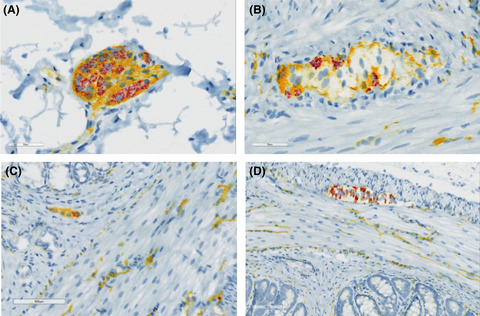
In the current study, we hypothesized that a RET-mediated mechanism may regulate colonic ion transport and motility through modulation of cholinergic nerves. Our findings provide evidence that RET-mediated mechanisms regulate colonic function by maintaining cholinergic neuronal function and enabling ACh-evoked chloride secretion and motility. We suggest that modulating the cholinergic control of the colon via a RET inhibitor may represent a novel target for the treatment of intestinal disorders associated with increased secretion and accelerated GI transit such as irritable bowel syndrome with diarrhea (IBS-D).
Characterization of peristaltic motility in the striated muscle portion of the esophagus using a novel in vivo method in rats
- First Published: 14 December 2018
High-frequency ultrasound imaging of the anal sphincter muscles in normal subjects and patients with fecal incontinence
- First Published: 24 January 2019
The projection of anorectal afferents to spinal cord and effect of sacral neuromodulation on dorsal horn neurons which receive such input in the rat
- First Published: 22 January 2019
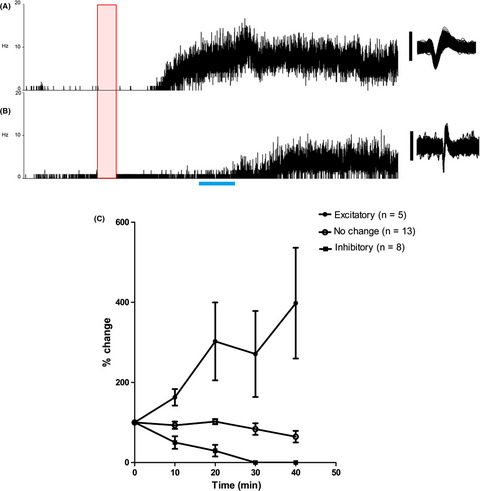
The aim of this study was to localize anorectal neuronal activity in the spinal cord and see the effect of sacral neuromodulation (SNM) on these neurons. SNM induced a long-lasting change in activity in more than half of the recorded anorectal-receptive units. The results of this study should guide future studies into the cellular mechanisms of SNM at the level of the spinal cord.
Prospective study evaluating immune-mediated mechanisms and predisposing factors underlying persistent postinfectious abdominal complaints
- First Published: 18 January 2019
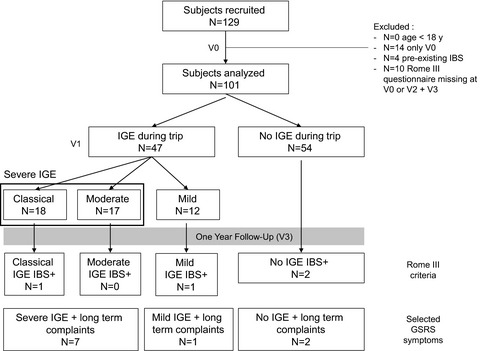
In this study, we prospectively studied healthy subjects traveling to destinations with a high risk to develop infectious gastroenteritis in order to identify immune-mediated mechanisms and risk factors of PI-IBS. We demonstrated that the incidence of PI-IBS is low after TD compared to outbreak studies. As the number of patients who developed PI-IBS or persistent abdominal complaints was low, no firm conclusions could be drawn with respect to the role of immune activation. Nonetheless, our study confirms the importance of psychological factors prior to infection and the severity of abdominal symptoms in the early post-infectious period as risk factors for persistent post-infectious abdominal complaints.
Electroacupuncture promotes the gastrointestinal motility of diabetic mice by CNP/NPR-B-cGMP and PDE3A-cGMP signaling
- First Published: 22 January 2019
QX-314 inhibits acid-induced activation of esophageal nociceptive C fiber neurons
- First Published: 20 January 2019

The present study establishes a novel approach by using acid itself to block acid-induced activation of nociceptive afferent C fiber neurons in the esophagus. Our data demonstrated that acid-induced activation of TRPV1 enabled membrane impermeable sodium channel blocker QX-314 to selectively inhibit acid-evoked activation in esophageal TRPV1-positive afferent C fiber neurons. This provides translational evidence for a possible localized application of QX-314 through acid-responsive visceral afferent C fibers in the gastrointestinal tract to treat visceral nociception in acid-related disorders such as GERD.
Acotiamide affects antral motility, but has no effect on fundic motility, gastric emptying or symptom perception in healthy participants
- First Published: 20 January 2019
General and abdominal obesity in relation to the prevalence of irritable bowel syndrome
- First Published: 18 January 2019
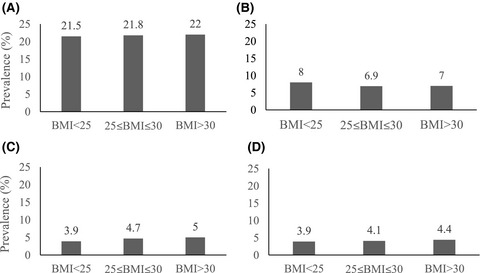
Previous studies on the obesity-IBS association have mostly been reported from Western nations, and limited data are available in this regard from developing countries. This study showed that IBS was more prevalent in individuals with abdominal obesity. However, when we considered several potential confounders, no significant association was seen between both general or abdominal obesity and IBS. General or abdominal obesity was not associated with IBS.
Fecal urgency is common in constipated patients and is associated with anxiety
- First Published: 03 February 2019
Influence of itopride and domperidone on gastric tone and on the perception of gastric distention in healthy subjects
- First Published: 31 January 2019
Familial chronic megacolon presenting in childhood or adulthood: Seeking the presumed gene association
- First Published: 20 January 2019
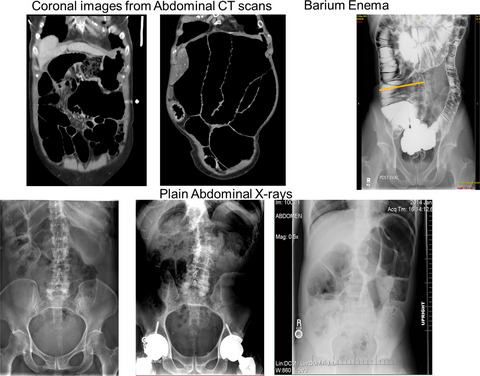
We identified a pedigree over five generations with 49 members, some of whom had chronic megacolon presenting in adolescence or adulthood. We aimed to assess the genetic cause of chronic megacolon through clinical and DNA studies. Among genes studied, SEMA3F (g.3:50225360A>G; c1873A>G) was found in six of six family members with megacolon. SEMA3F function is associated with genes (KIT and PDGFRB) that impact intestinal pacemaker function. Familial chronic megacolon appears to be associated with SEMA3F, which is associated with genes impacting enteric nerve or pacemaker function.
Anorectal physiology in health: A randomized trial to determine the optimum catheter for the balloon expulsion test
- First Published: 31 January 2019
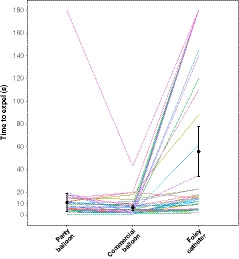
Balloon expulsion testing and anorectal manometry are commonly performed in the investigation of anorectal disorders, but the ideal methodology and normal ranges are not well established. In this randomized study of healthy subjects, we compare three commonly used catheters for balloon expulsion testing, and demonstrate that a commercially available balloon is preferred. Normal ranges for comprehensive high resolution, water-perfused anorectal manometry are provided.
The American neurogastroenterology and motility society gastroparesis cardinal symptom index-daily diary (ANMS GCSI-DD): Psychometric evaluation in patients with idiopathic or diabetic gastroparesis
- First Published: 07 February 2019
Gastrointestinal motility in patients with end-stage renal disease on chronic hemodialysis
- First Published: 22 January 2019
LETTER TO THE EDITOR
Reversible Jackhammer esophagus in a patient with a gastric band
- First Published: 07 March 2019
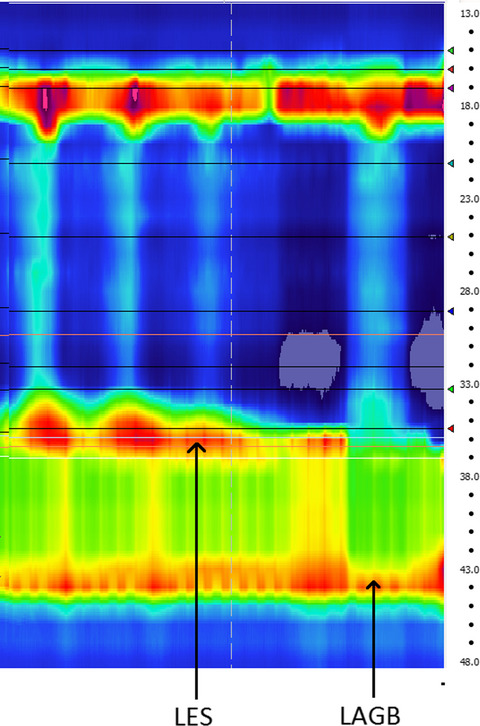
We wish to report a case of Jackhammer esophagus in a patient with laparoscopic gastric band, with confirmed resolution of hypertensive peristalsis on deflation of the band. This finding adds to the growing body of evidence that outlet obstruction plays an important role in the pathophysiology of Jackhammer esophagus, which remains incompletely defined.




